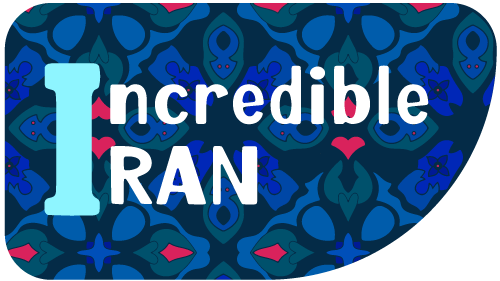History of Iranian Women's Clothing
What you will read in this article:
1. How has Iranian women's clothing changed over the centuries?
Iranian women’s clothing has evolved significantly, reflecting changes in cultural, social, and political influences. From ancient times with flowing robes and intricate patterns to the more conservative styles during certain Islamic periods, and now to a blend of traditional and modern styles, the attire has continuously adapted to the times.
2. What were the characteristics of ancient Persian women's clothing?
Ancient Persian women’s clothing was characterized by long, flowing garments made from luxurious fabrics such as silk and wool. These garments often featured intricate embroidery and elaborate patterns, symbolizing status and wealth.
3. How did women's clothing in Iran change after the Islamic Revolution?
After the Islamic Revolution in 1979, women’s clothing in Iran became more conservative. The mandatory hijab was introduced, requiring women to cover their hair and body. This led to the widespread use of chadors, manteaus, and headscarves as part of everyday attire.
4. Are there regional differences in traditional Iranian women's clothing?
Yes, there are significant regional differences in traditional Iranian women’s clothing. Each region has its own distinct styles, colors, and patterns, reflecting the local culture, climate, and customs. For example, women in the northern regions might wear colorful, layered outfits, while those in the southern regions might opt for lighter, more breathable fabrics.
5. How has modern fashion influenced Iranian women's clothing today?
Modern fashion has had a significant impact on Iranian women’s clothing, leading to a fusion of traditional and contemporary styles. Young women, in particular, often incorporate Western fashion elements with traditional Iranian garments, creating unique and fashionable looks that comply with cultural norms.
6. What role does women's clothing play in reflecting societal changes in Iran?
Women’s clothing in Iran serves as a reflection of societal changes, symbolizing shifts in cultural values, political climates, and social norms. Changes in women’s attire often parallel broader societal transformations, making it a valuable lens through which to understand the history and evolution of Iranian society.
FAQ: Evolution of Iranian Women's Clothing
Seljuk Era
During the Seljuk period, women’s clothing consisted of traditional local garments. Key elements included a tunic, a headscarf (maqna’a), and a full-body veil (chador). Women wore wide trousers, a long-sleeved shirt reaching the knees, a sleeveless overgarment, and a front-open dress fastened with buttons. A belt and sash were used for decoration, and a full-length veil covered the entire body.
Timurid Era
In the Timurid period, women’s attire included a headscarf (maqna’a), a face veil (burqa), a scarf or cap (lachak), an outer robe (qaba), and a chador. This attire fascinated foreign travelers visiting Iran at the time.
Safavid Era
The Safavid era saw significant changes in women’s clothing due to shifts in Iranian customs and religion. Women’s garments typically included a colorful, floral silk dress with a long, open-front robe reaching the ankles, tied with a belt. Winter clothing featured a small hat, quilted trousers, short socks, and a scarf. Women also wore a white or purple chador, leaving the face uncovered for better visibility.
Qajar Era
During the Qajar period, women’s clothing did not differ much from the previous Zand era. Long-sleeved, slit dresses, wide skirts decorated with lace, and gold or silver belts were common. Significant changes began with Naser al-Din Shah’s reign. After his trip to Russia, where he observed ballerina attire (tight, woven pants), he decided to alter the harem’s dress code. This change spread to the upper class, but traditional outdoor attire (chador, face veil, and chador-e-zan) remained until the Constitutional Revolution.
Pahlavi Era
The Pahlavi period brought dramatic changes influenced by French tailors and designers. Notable changes included reducing the size of the chador, abandoning the chador-e-zan, and replacing traditional pants with long socks. Dresses became one-piece garments. Reza Shah enforced uniform dress codes, mandating Qajar-style clothing, suits, and the Pahlavi hat. Under Mohammad Reza Shah, there were efforts to eliminate veiling through cultural campaigns.
Islamic Revolution
The Islamic Revolution brought significant changes to women’s clothing, reflecting a shift in women’s roles and status. The chador remained a staple, while the manteau (a long coat) became a formal option for many women, especially during the 1980s. During this decade, societal focus was on resolving social and economic issues rather than fashion, resulting in a more conservative dress code.
Conclusion
The history of women's clothing in Iran reveals much about the nation's cultural and social evolution. From the Seljuk period to the present day, each era's attire reflects broader societal trends and shifts, illustrating the deep connection between fashion and cultural identity.
Exploring Iran
Special Tours to Iran for English Speakers
in your
Native language
